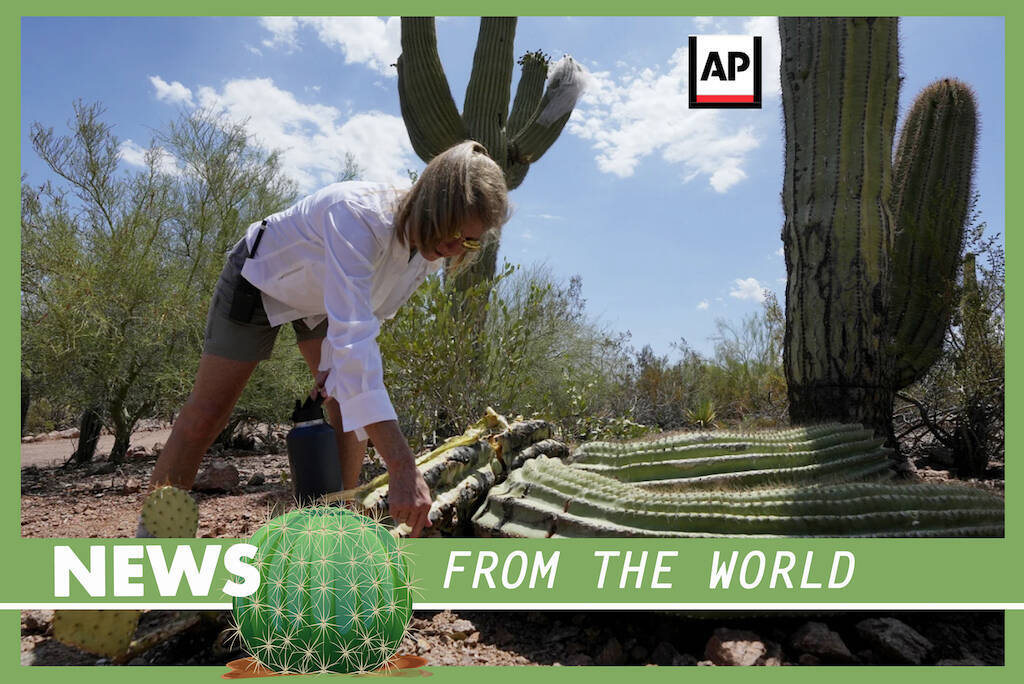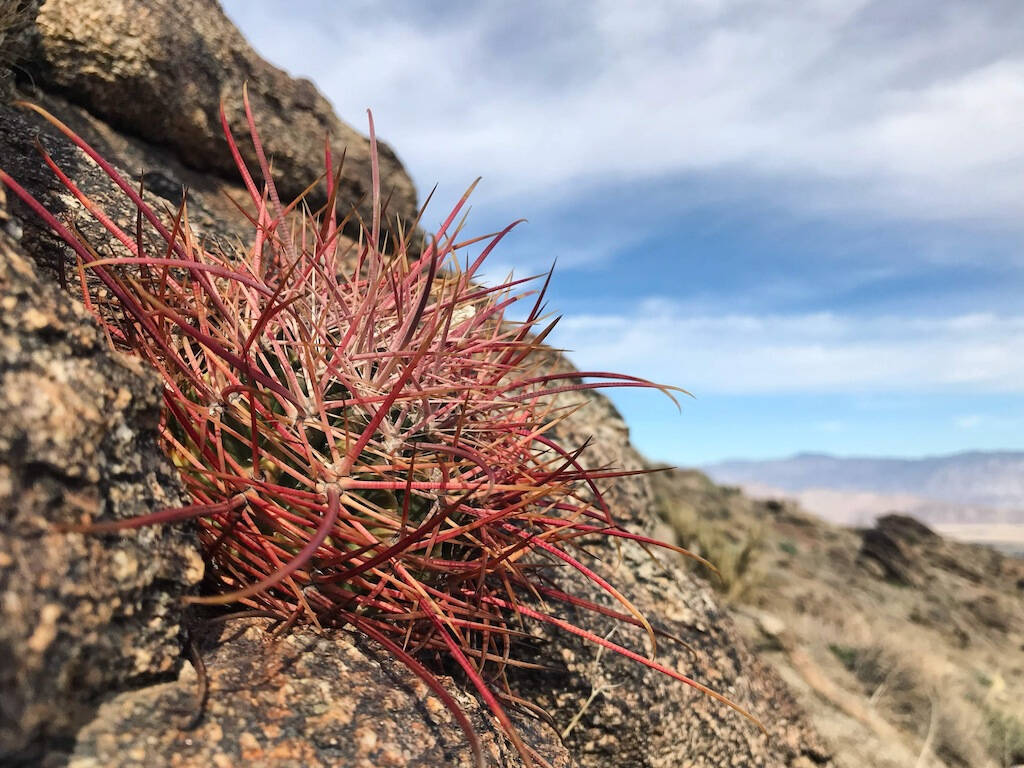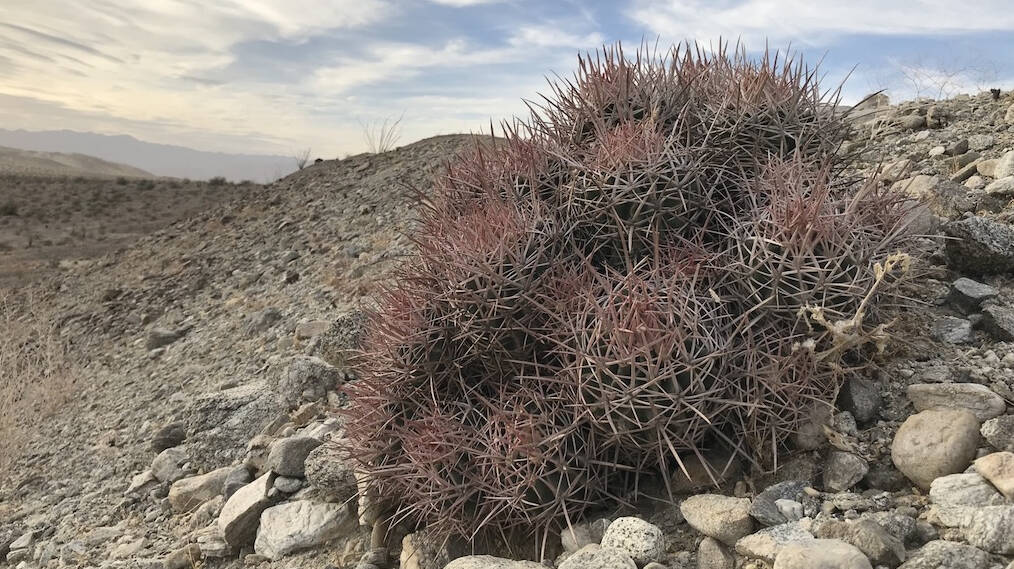Were it not for the fact that national newspapers and international agencies report the news, one would have to think of yet another fake news. Instead, unfortunately, everything is true: the anomalous heat wave that has been hitting Arizona in recent weeks – not unlike the heat bubble that gripped Italy until a few days ago – it’s hitting hard the giants of the desert, i.e. the “Saguaros”. Hard to believe, but even the symbolic cactus, the cactus par excellence, is unable to cope with the excessive heat that is oppressing Arizona, an American state which also has its symbol in the Saguaro (Carnegiea gigantea). In other words, plants that have evolved to cope with drought for thousands of years are literally falling apart, ravaged by temperatures.
Here, in this article, is what is happening as reported by authoritative sources such as TGCOM24 and AP (Associated Press). (…)





